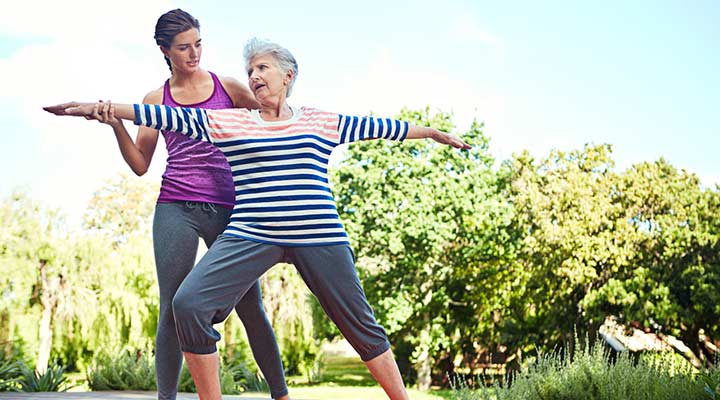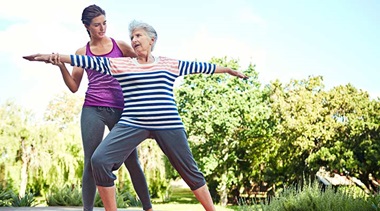How to Adapt Your Home If You Have Parkinson’s
Do you or a loved one have Parkinson’s disease? This article shows you how to modify your home environment to enhance safety, comfort and independence.
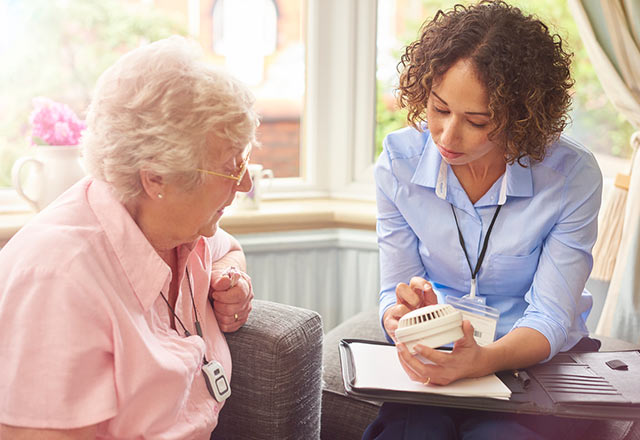
Overall Safety
Be sure your smoke and carbon monoxide detectors are in good working order — there should be at least one on every floor of your home. While this advice goes for any residence, it’s particularly important to have the earliest possible warning of fire, smoke or toxic gas if someone in the house is less mobile. Avoid using space heaters and electric blankets, which are fire hazards.
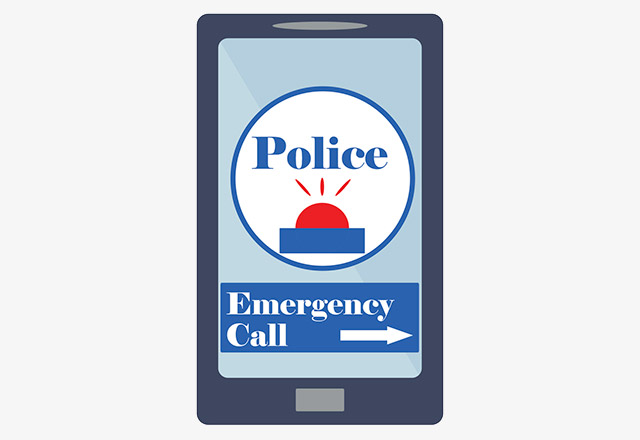
Communication Ease
Be sure there is a phone within easy reach of the person with Parkinson’s disease in the main rooms of the house. An adapter with oversized buttons that fits over the phone makes dialing easier for people with hand tremors. Those with low voice volume might want an adapter that amplifies their voice on the phone. It’s also a smart idea to have emergency numbers (police, fire, a neighbor’s number, doctors’ offices) near the house phones and programmed into smartphones.

Adaptive Products
As Parkinson’s disease progresses, even simple daily activities of home and self-care may become difficult. Certain assistive or adaptive devices can help you retain independence. Ask a physical or occupational therapist for advice on what you might need. Examples of devices include:
- Pen grips that make writing easier
- Reach-and-grab devices that allow you to pick up items without bending
- A cane, walker or wheelchair, if necessary
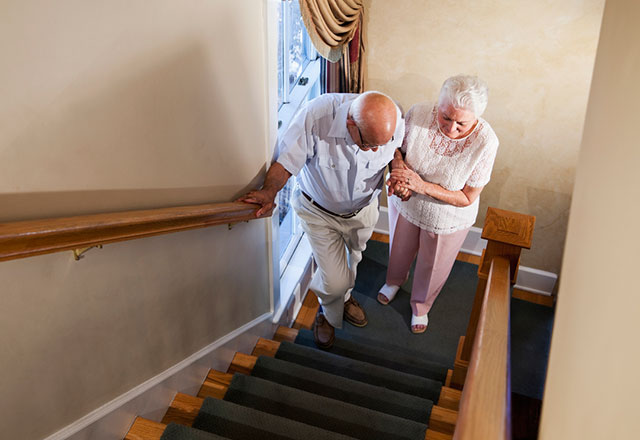
Safer Living Areas
Be sure to install handrails along walls, hallways and stairwells where there is nothing to hold for help with walking. Rearrange furniture so that rooms are less crowded and allow more space to maneuver. Speaking of furniture, chairs and couches with firm cushions, straight backs and secure armrests are easier to get in and out of than low or very soft furniture.

Adapted Kitchen
Store commonly used foods and beverages on shelves in the pantry or refrigerator that are easy to reach, and decant them into smaller, easier-to-handle containers — a small milk pitcher rather than an unwieldy gallon jug, for example. Keep items that you use daily, like coffee mugs, on hooks rather than harder-to-reach cupboards. Look into special utensils, such as forks and spoons with easy-to-grip handles and a knife that works with a rocking rather than sawing motion. Consider having a countertop lowered so that the person with Parkinson’s can access kitchen items from a chair or wheelchair.
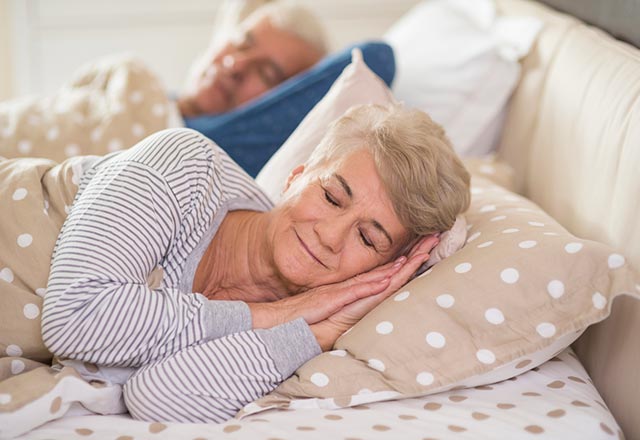
Sleep Comfort
If you have trouble turning over or getting in and out of bed, a low-tech way to help yourself is to use sleeker, satiny sheets and avoid thick materials, like flannel or heavy blankets. A bedrail can be useful to aid you in getting out of bed. Keep the path between the bed and bathroom clear of objects, loose rugs and any other tripping hazards. A nightlight is also useful.
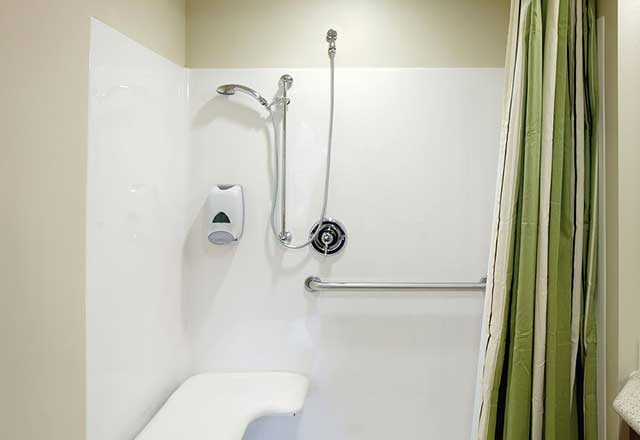
Better Bathroom
Be sure bath rugs are secure (rubber-backed ones are best). Consider adding grab bars in the tub or shower and, if necessary, a shower chair. Shower stalls are easier to get into and out of than tub/shower combos. But if you have a tub, consider replacing doors with curtains to make getting into and out of the tub easier. Special door pulls make doors easier to manage for those with Parkinson’s who have trouble gripping a regular knob.
Parkinson's Disease and Movement Disorders Center

Our center provides compassionate and timely treatment to patients with movement disorders, such as dystonia, ataxia, essential tremor and similar conditions. But our mission goes beyond patient care excellence. By offering educational events and support groups, we empower patients and caregivers to become better partners in their health.

